By Pole Lee, Joseph Choi, and Ryan Sun
Podcast Audio:
Transcript:
Introduction:
- Hello everyone, welcome to our Philosophy 285 Podcast. This is Joe Choi, and I am working with Pole Lee and Ryan Sun to answer an essential question: How do traditional metaphysical understandings of food influence both the aesthetic and cultural portrayal of Japanese cuisine? This may seem like a complex question at first, but over the course of this podcast we’ll be breaking it down by parts.
Metaphysics:
- The first part of the fundamental question involves metaphysics, which in itself can be a hard concept to grasp.
- Metaphysics is a branch of philosophy that deals with things at their most fundamental level. This includes abstract concepts such as being, knowing, reality, time, and more. Basically, it encompasses everything that exists, as well as the nature of existence itself.
- This definition can be a little confusing, so let’s put it into perspective with common metaphysical questions:
- For example, who and what are we? Is there a God or creator? What is consciousness? What is time? Is space real?
- These questions may seem unanswerable, but philosophers and scientists still strive to solve these questions even today.
- These metaphysical questions can be applied to certain concepts as well, one of which is food, which we’ll be focusing on throughout this podcast.
Metaphysics of Food:
- When considering the metaphysics of food, we have to ask ourselves: what is food? Not simply as an object, but as a concept.
- There are so many dimensions to this fundamental part of human life, which has made food metaphysics an important area of study.
- We can look at food as nutrition, or what is required for sustaining life.
- Food as desire, or what fulfills cravings and hunger.
- Food as culture, with symbolic meaning and significance, and many other ways.
- This fundamental question has taken on interesting dimensions within both a traditional and modern Japanese viewpoint.
- Japanese novelist Haruki Murakami, known for weaving the sensory, emotional, and symbolic aspects of food within the magical realism of his novels, has an insightful yet intuitive take on food metaphysics: how and what we eat is a reflection of ourselves.
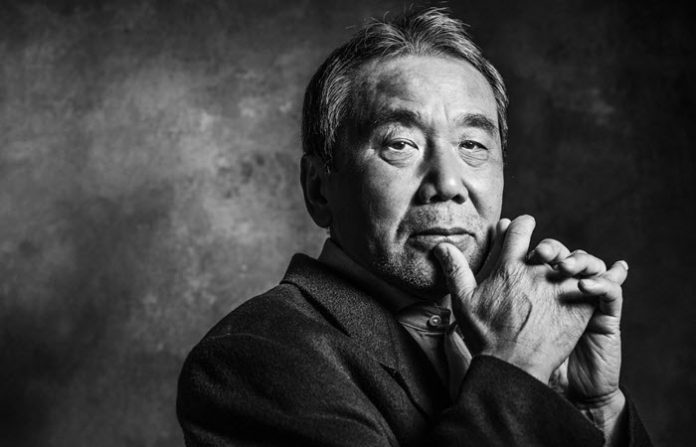
- For example, in his novel titled 1Q84, the dichotomy between two characters serves as an explicit demonstration of this.
- The Dowager, a wealthy widow who eats natural ingredients and French-influenced lunches like “boiled white asparagus and crabmeat omlettes,” displays one side of refined, almost “enlightened” eating. She drinks tea and keeps her portions small, which reflects who she is as a person: clean, elegant, and respectful.
- On the other hand, Ushikawa is an investigator and a self-loathing, sleazy person at heart. He eats only processed foods, treating his body like a garbage disposal, reflective of his troubled personality and lack of self-care.
- This example shows that how we treat our bodies through our consumption of food is reflective of our minds and how we lead our respective lives.

- This take on food metaphysics also fundamentally involves the actions of cooking, eating with others, and food as comfort – all reflective of how food ties together so many aspects of being human.
- If we take time to cook wholesome food with others, then we feel fulfilled through these social connections, with an added bonus if the food is nourishing and healthy.
- If we eat quickly and unhealthily, it reflects a low quality life in which we don’t pay attention to the state of our bodies, and have no balance in life.
- Another take on Japanese food metaphysics is through Shintoism, one of Japan’s major religions other than Buddhism and an important part of its culture. In Shintoism, food is a spiritual symbol, and generally represents a reverence for nature.
- An important part of this indigenous Japanese religion is something called shinsen, or food offerings presented to their deity.

- The dishes vary according to the respective shrine, but generally consist of rice, sake, rice cake, fish, seaweed, vegetables, water, and more.
- These simple dishes reflect some of the staples of Japanese food – especially the focus on rice and seafood, evidenced by the iconization of sushi around the globe.
- In fact, seafood has such a big presence in Japanese culture because meat eating is prohibited in Shintoism, and is considered “unclean.”
- Although this religious law against meat eating isn’t as prominent today, it has influenced what Japanese food is like today, along with Shintoism’s focus on nature. Believers found divine power in nature, such as in seas or mountains, and worshipped their environment as sacred. Therefore, fresh ingredients, seasonal flavors, and a focus on seafood make up a lot of Japanese cuisine, stemming from this view of food as a spiritual symbol.
Aesthetics:
- Now that we’ve explained two major aspects of Japanese food metaphysics, food as a reflection of ourselves and food as spiritual symbols.
- This just so happens to manifest itself in Japanese culture through their food aesthetics.
- You might be asking yourself – what are aesthetics? In a philosophical sense, aesthetics is concerned with the nature and appreciation of art, beauty, and good taste. Specifically within food, we could ask ourselves:
- “What constitutes food as art?”
- “Why do we find certain foods beautiful?”
- “Can aesthetic judgements be improved or trained?”
- In Japan, this is found best in how they arrange food on dishes, or moritsuke, the Japanese art of presenting food.
- Moritsuke involves three major elements: the choice of food to serve, the dinnerware in which the food is served, and the exact placement of each piece of dinnerware in front of the dinner.
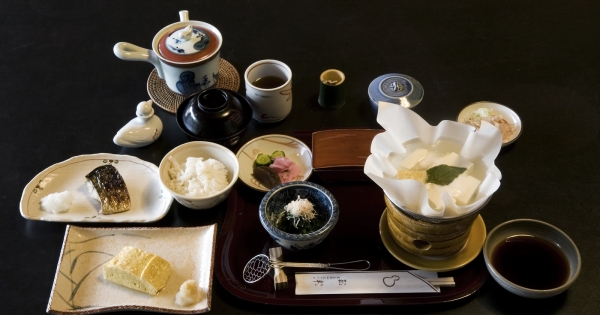
- The first part, the choice of food to serve, is most reflective of food as a spiritual symbol, as it is chosen based on the certain season.
- The Japanese hold a reverence for nature and the four seasons, as the indigenous beliefs of Shintoism have influenced the culture as a whole.
- For example, in the fall, seasonal ingredients such as mushrooms and daikon radish are used in dishes, while in the winter you can see more of pine, bamboo, and plum.
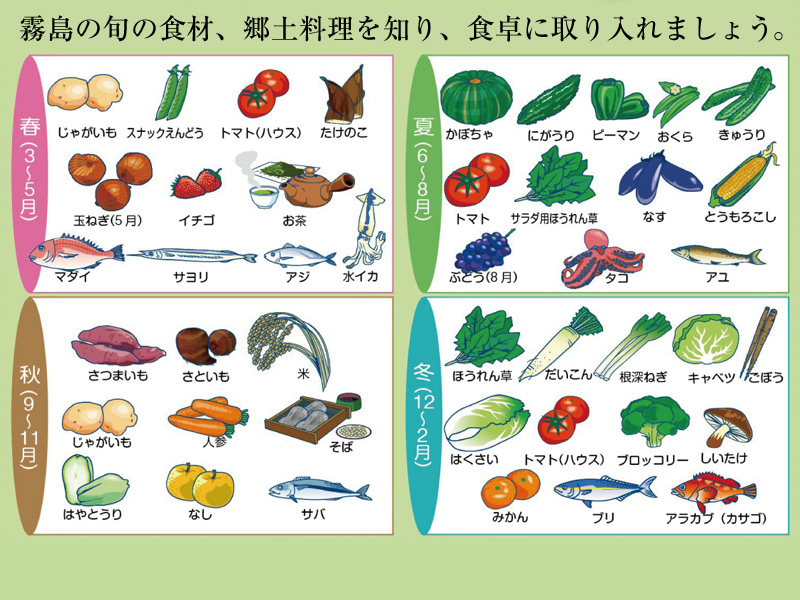
- Along with this, certain ingredients such as carrots are carved into seasonal motifs such as the maple leaf in the fall and cherry blossoms in the spring, which will make dishes aesthetically aligned with the respective season.
- The second part of Moritsuke, the dinnerware in which the food is served, demonstrates food as a reflection of ourselves: to be clean, elegant, and organized, one must eat in a manner that reflects that.
- This includes the use of small bowls for rice and soup to be easily held and brought closer to the mouth, different plates or bento boxes for certain situations, and other customs that are part of a structured, traditional eating process.
- Discipline in following these practices reflects discipline as a whole.
- Finally, the third part of Moritsuke, the exact placement of each piece of dinnerware in front of the diner, reflects food as a spiritual symbol.
- There are various culinary arrangements based on the season of the year, including thin slices of fish placed in a fan shape to suggest the movement of waves in the sea, bowls of rice to simulate mountains, and other aesthetic ways to portray nature.
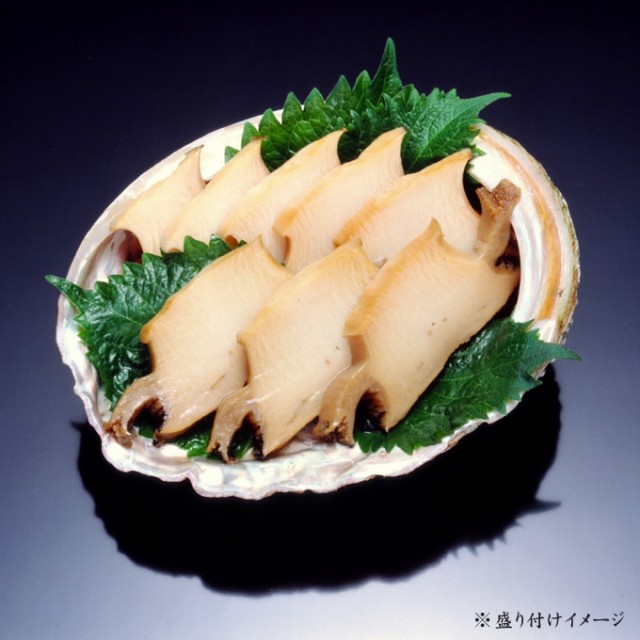
- As you can see, Japanese food aesthetics include distinctly organized and nature-themed plating, which serves as an extension of Japanese food metaphysics.
Culture:
- Finally, the food aesthetics we just mentioned reflect broader Japanese culture as a whole.
- Let’s take our first instance of Japanese food metaphysics: food as a reflection of ourselves.
- We mentioned how this leads into the clean, organized manner in which Japanese people plate their food.
- This reflects the institutionalized cleanliness of Japanese culture that differentiates it from other cultures, and has been made known worldwide.
- Thanks to the internet, videos have gone viral of Japanese students cleaning their schools, Japanese soccer fans cleaning garbage from the stadiums, and more.

- It’s a culture of almost obsessive cleanliness: it’s custom for businesses to sweep the sidewalks in front of their buildings every morning, there are regularly scheduled clean-ups in neighborhoods, and overall, public spaces are impeccably clean.
- The Japanese refer to their cuisine accordingly, using the word sappari – clean, neat, light, and sparkling with honesty.
- It’s one of the defining aspects of Japan, and if we’re gonna be honest, the rest of the world could use such institutionalized cleanliness as well.
- Next, we discussed food as a spiritual symbol, which influences the presence of nature and seasonal foods in Japanese cuisine.
- One of the words important for understanding this is shun, which means “peak season” in which a certain ingredient is at its best.
- Months are divided into something deeper than just four seasons: it becomes the early, middle, and late season during which quality peaks and wanes.
- Additionally, Shintoism and Buddhism initially decreed that eating meat was impure, which has led to the focus on fish and tofu throughout Japanese culture.
- Although red meat and poultry has become mroe popular, lack of space for cattle has led to an increase in quality rather than quantity, which is why wagyu beef has become such an international phenomenon.
- All of these lead into a focus on quality and seasonal ingredients, which all stems from this focus on worshipping nature and their environment around them.
Conclusion:
- To conclude this podcast, we answered the question: how do traditional metaphysical understandings of food influence both the aesthetic and cultural portrayal of Japanese cuisine?
- We discussed food as a reflection of ourselves and food as a spiritual symbol, which affects the orderly, nature-oriented aesthetic of Japanese food and reflects the clean and quality-focused culture as a whole.
- As a final note, we’d like to talk about Studio Ghibli, one of the most acclaimed Japanese animation studios in the world that has produced successful and internationally beloved animes.
- Hayao Miyazaki, director of these acclaimed movies, uses food in his films as a source of comfort during tough times.
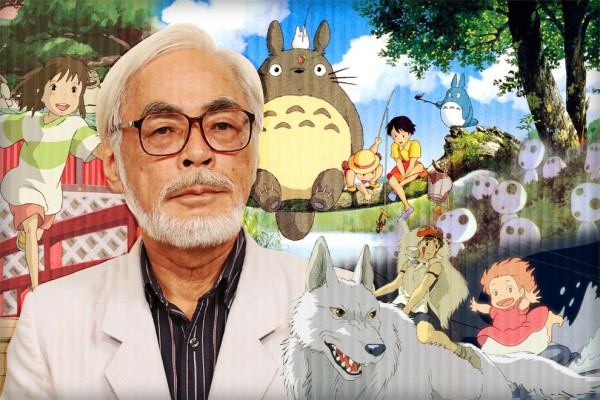
- In Ponyo, as the breathtaking and painfully cute tale of a goldfish sea princess transforming into a child, instant ramen hits the spot.
- Ponyo, Sosuke and his mother Lisa escape a flood in the town, and with no lights or electricity, they go about making hot chocolate and noodles, adding ham and egg to up the indulgence.
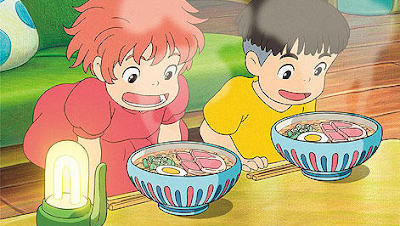
- The bowls are organized neatly, with hot, steaming ingredients signifying comfort.
- The ingredients are cheap, but work well together – reflective of the characters’ current situation, in which their lives are genuine and comfortable, even if they aren’t financially blessed.
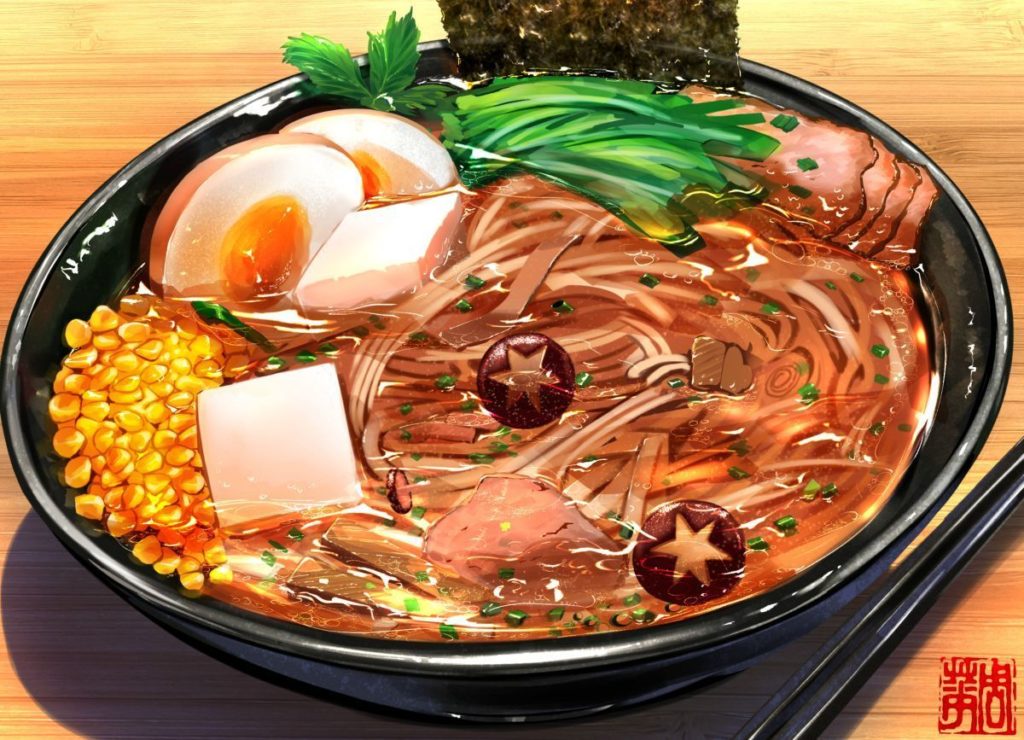
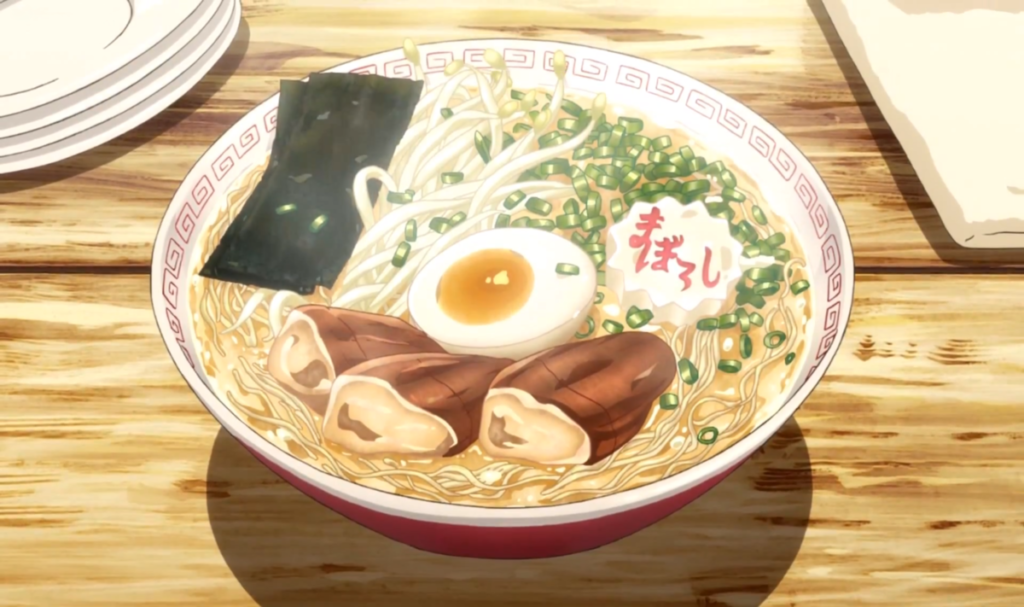
- There are so many other examples of how food is portrayed in anime, but across all, a common theme exists: it serves an important purpose in reflecting people’s situations as a creative way to build stories and worlds, while also highlighting a focus on fresh ingredients and more.
- Ultimately, food serves such an important purpose in many cultures, especially in Japan. And I hope that we were able to provide such metaphysical understandings through the cultural and aesthetic aspects in Japanese cuisine.
Bibliography:
Aleph, Faena. “Moritsuke: the Beautiful Japanese Art of Arranging Dishes.” Faena, 15 June 2016, www.faena.com/aleph/articles/moritsuke-the-beautiful-japanese-art-of-arranging-dishes/.
Boisvert, Raymond D., and Lisa M. Heldke. Philosophers at Table: On Food and Being Human. London: Reaktion Books Ltd, 2016.
Chavez, Amy. “Japan Has a Reputation for Cleanliness – Just Don’t Look in Our Closets.” The Japan Times, www.japantimes.co.jp/community/2018/11/25/our-lives/japan-reputation-cleanliness-just-dont-look-closets/#.Xq8gRS-ZN-V.
Chny. “Moritsuke: The Japanese Art of Presenting Food: Culinary Historians of NY: Stimulate and Share Knowledge of the Ways Food Has Affected Humans.” Culinary Historians, 4 June 2019 www.culinaryhistoriansny.org/past-events/moritsuke-the-japanese-art-of-presenting-food/
Hirai, Naofusa. “Shintō.” Encyclopædia Britannica, Encyclopædia Britannica, Inc., 13 Sept. 2019, www.britannica.com/topic/Shinto.
Illmer, Andreas. “World Cup: Japan Fans Impress by Cleaning up Stadium.” BBC News, BBC, 20 June 2018, www.bbc.com/news/world-asia-44492611.
Miyazaki, Hayao, director. Ponyo. Studio Ghibli, 19 June 2008.
Murakami, Haruki, et al. 1Q84. Alfred A. Knopf, 2018.
Naomichi, Ishige. “Food: Another Perspective on Japanese Cultural History.” NIPPONIA, 15 Mar. 2006, web-japan.org/nipponia/nipponia36/en/feature/feature01.html.
Taylor, Mary, and Lynn Ginsburg. “Love at First Bite: The Aesthetics of Food.” Yoga Journal, 28 Aug. 2007, www.yogajournal.com/lifestyle/love-first-bite.
The Editors of Encyclopaedia Britannica. “Shinsen.” Encyclopædia Britannica, Encyclopædia Britannica, Inc., 20 July 1998, www.britannica.com/topic/shinsen.